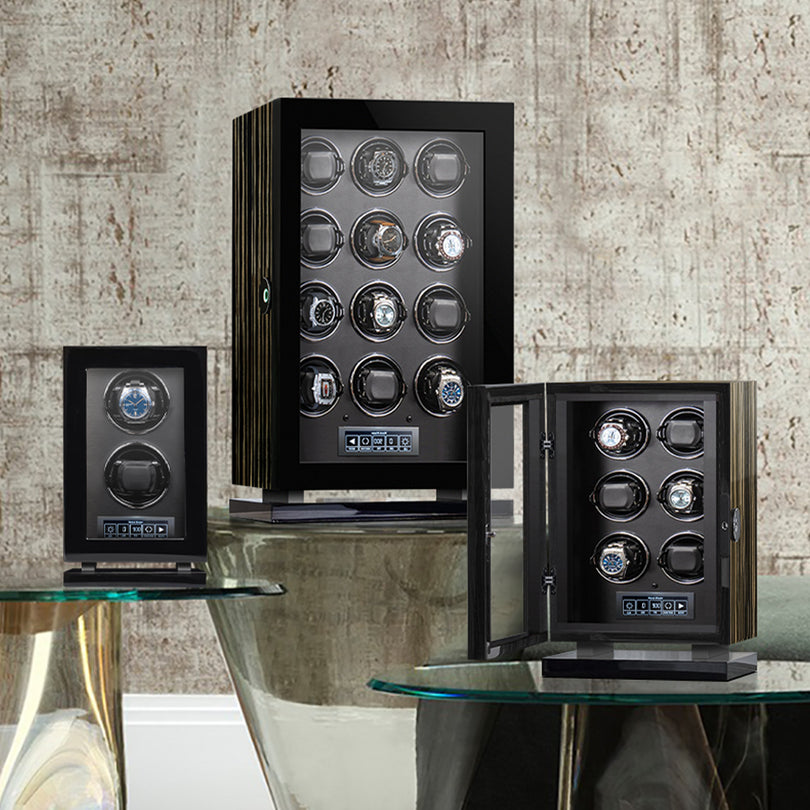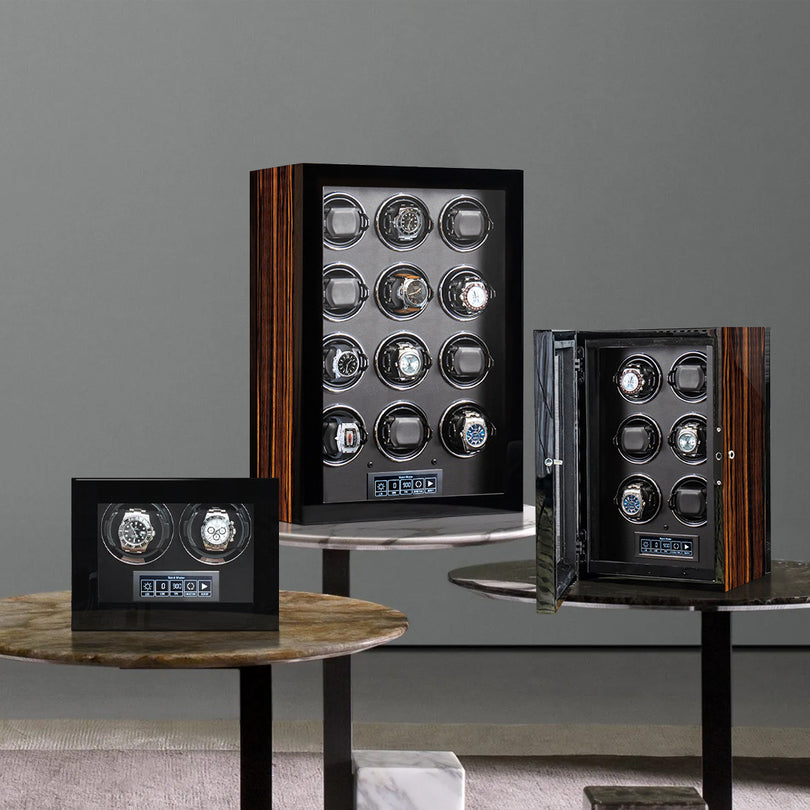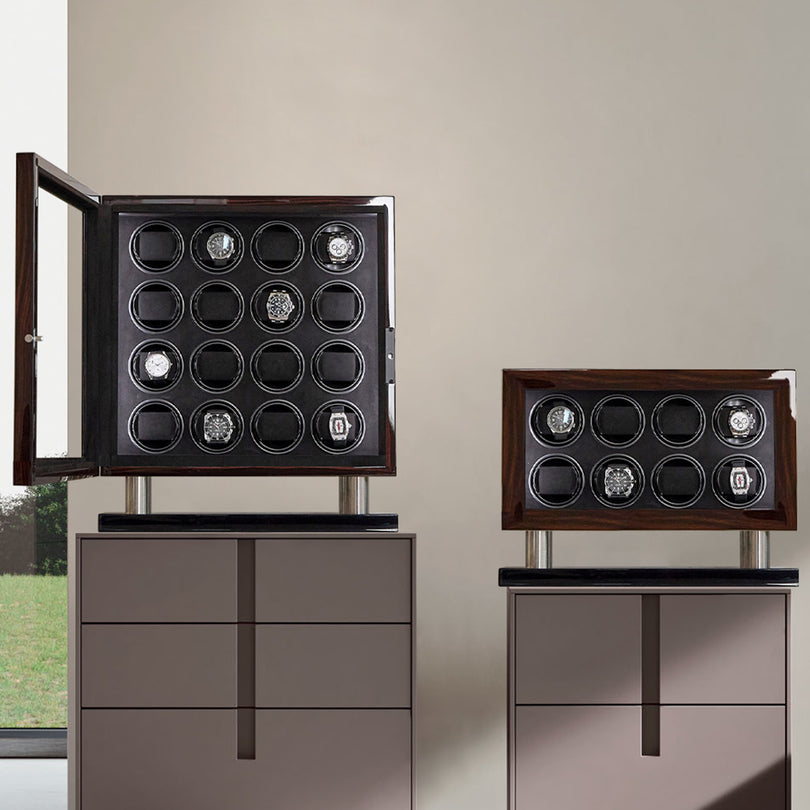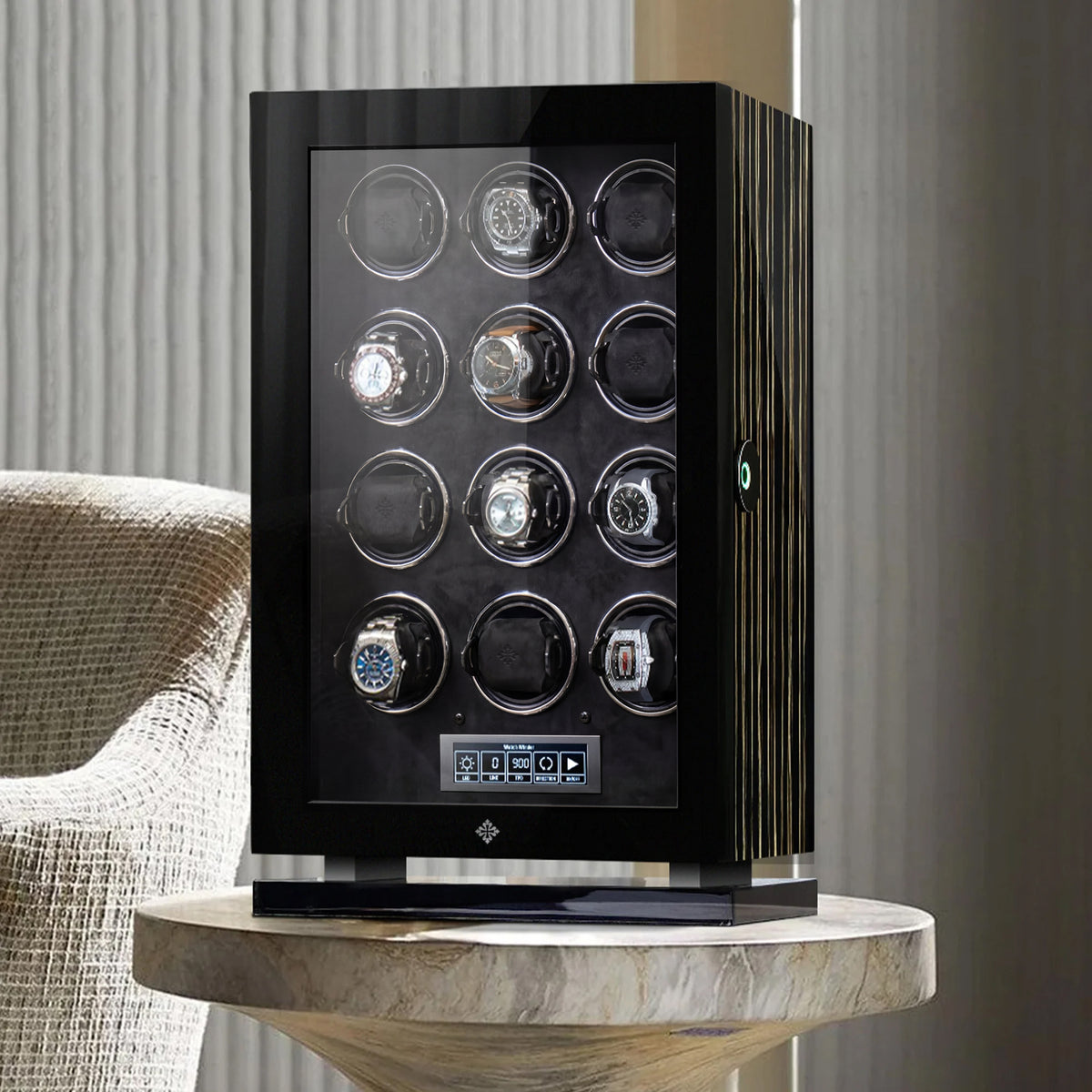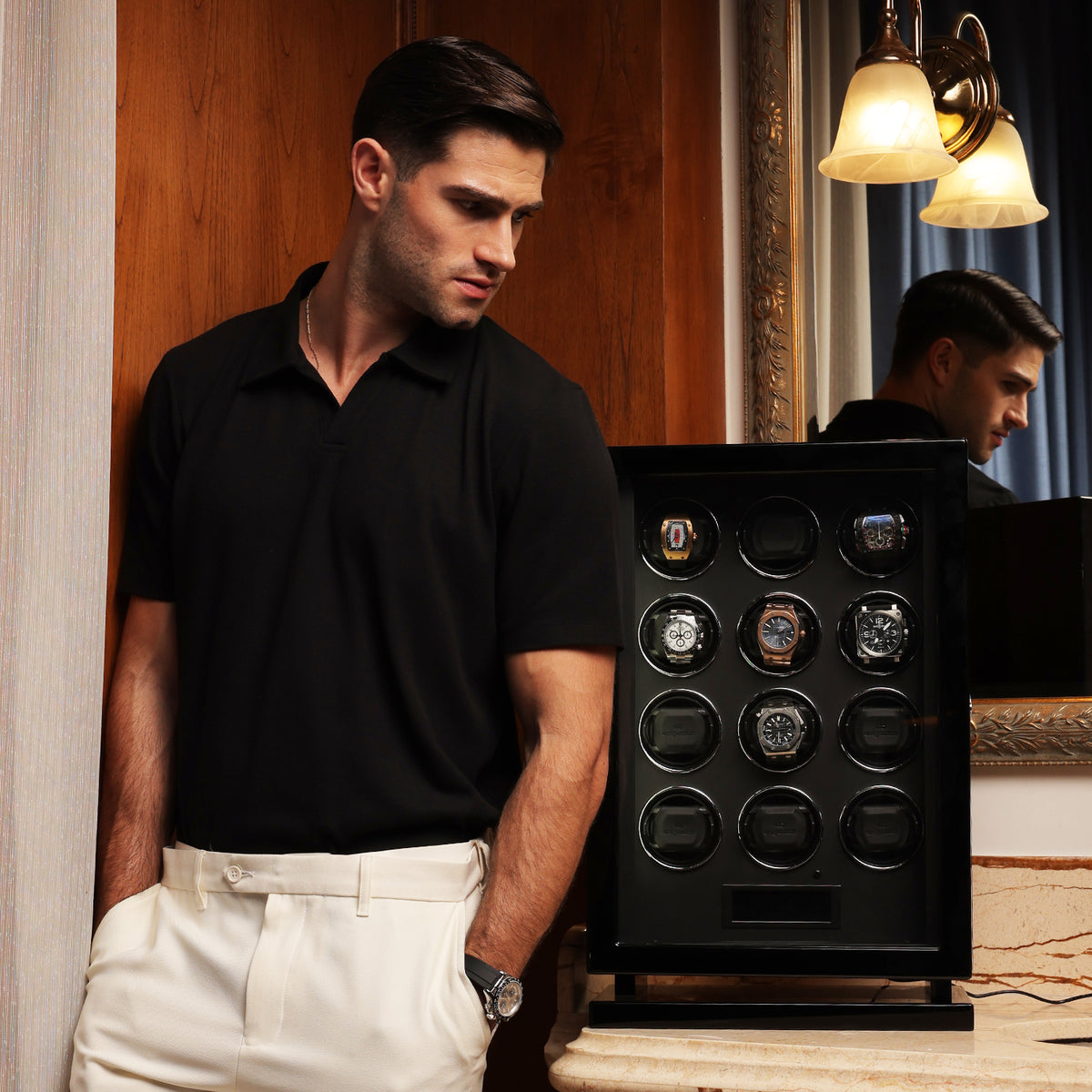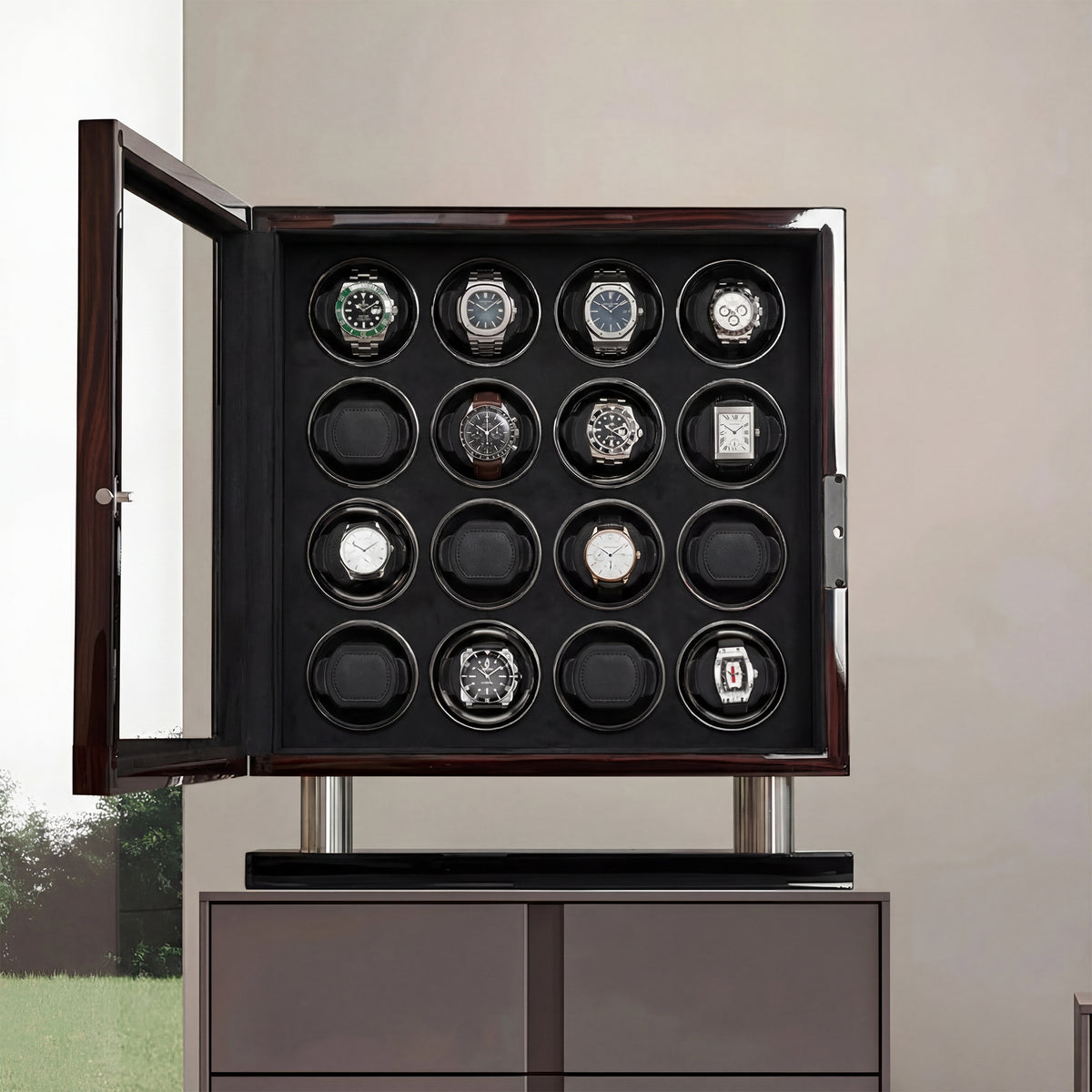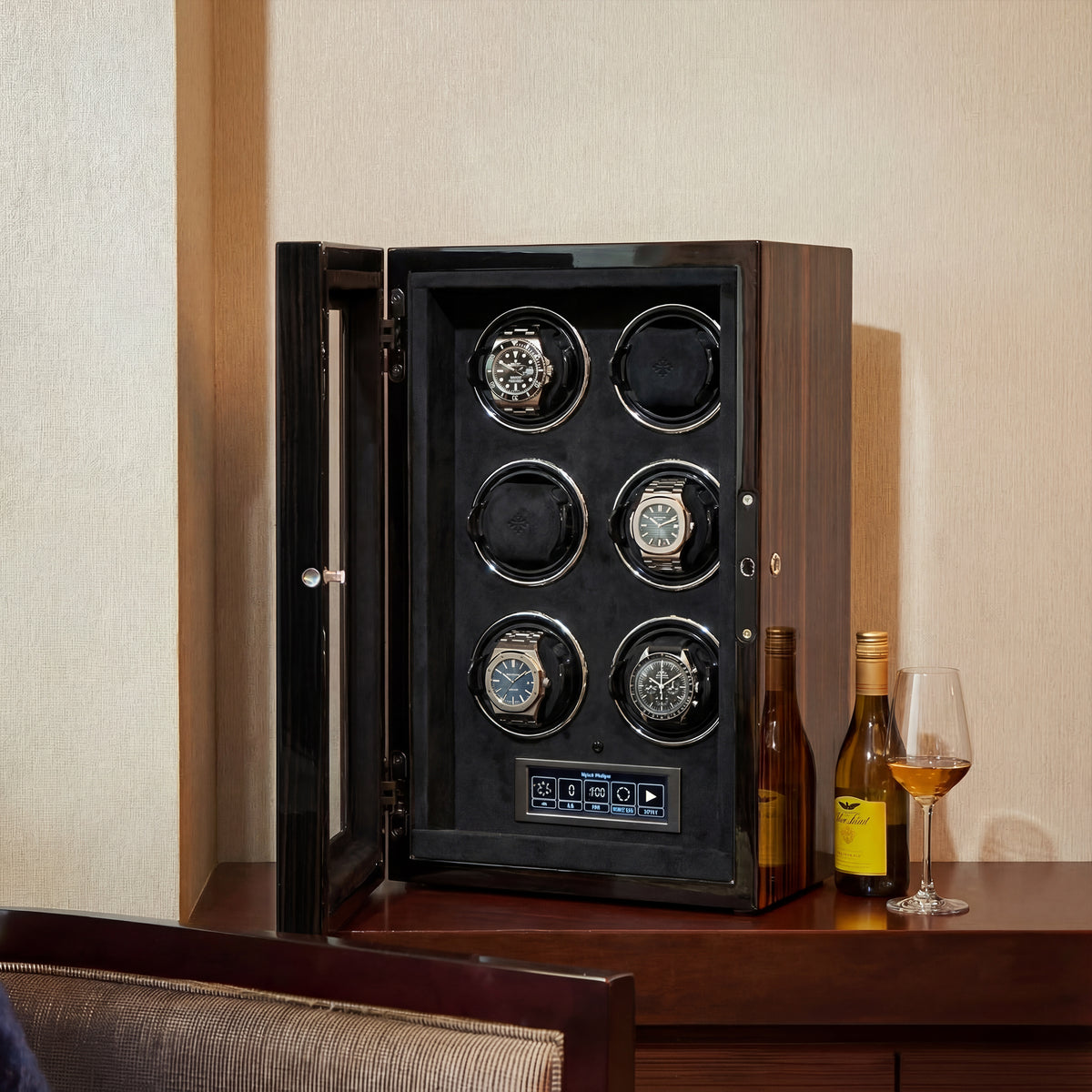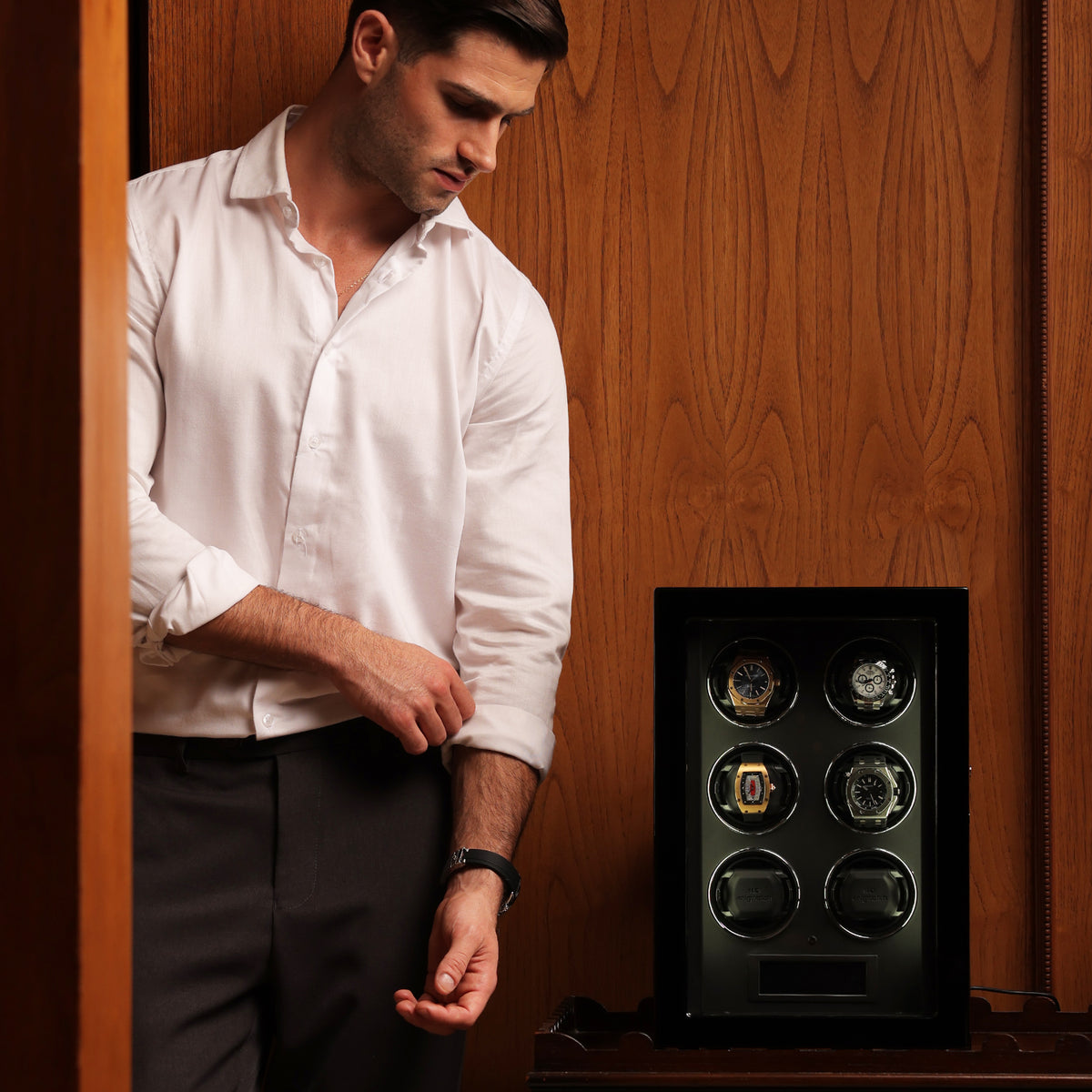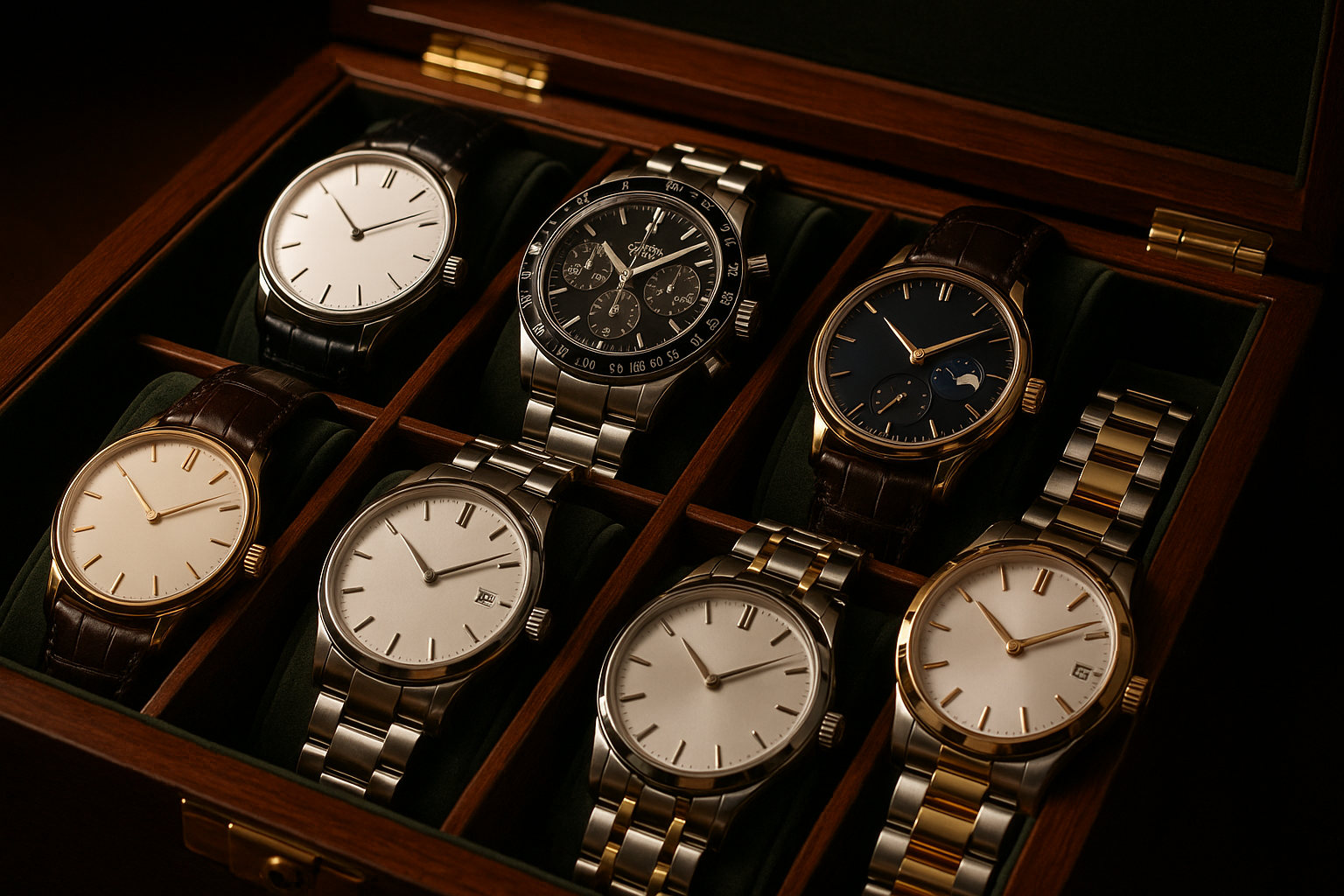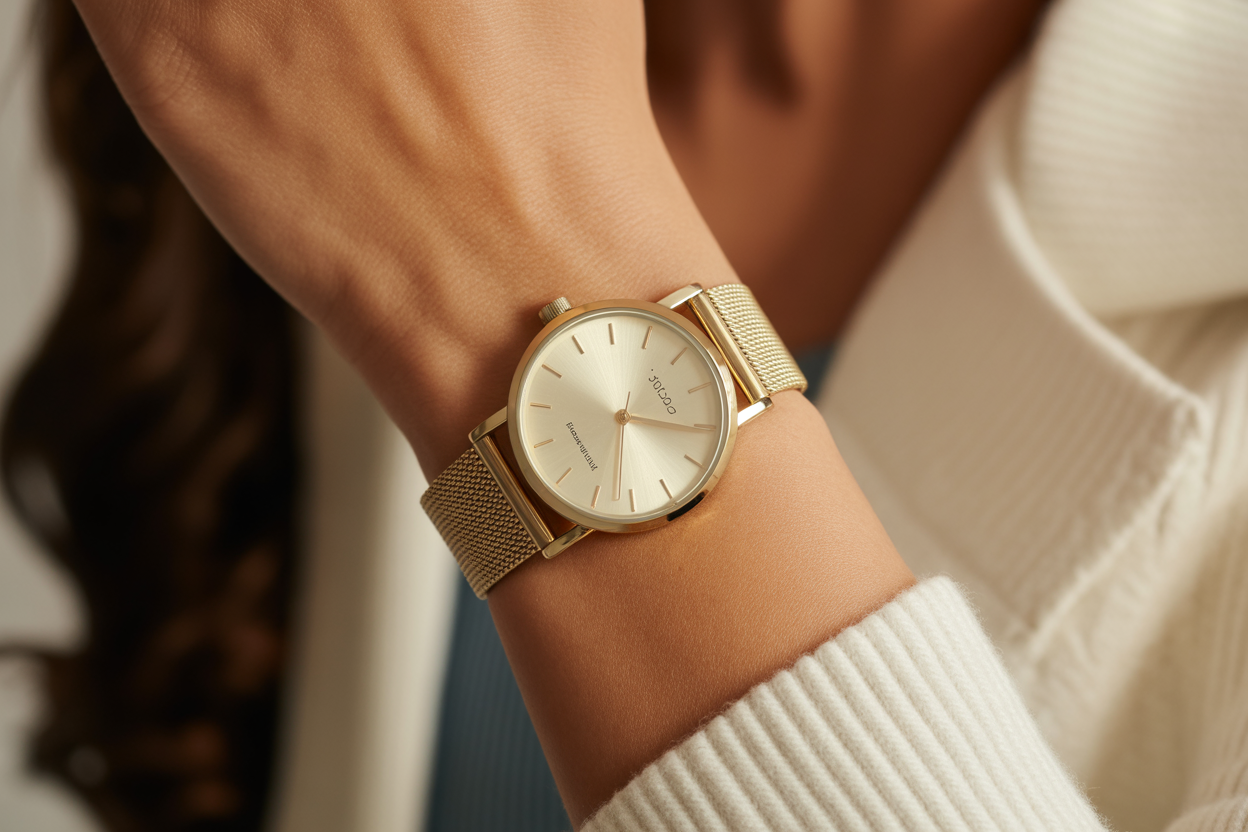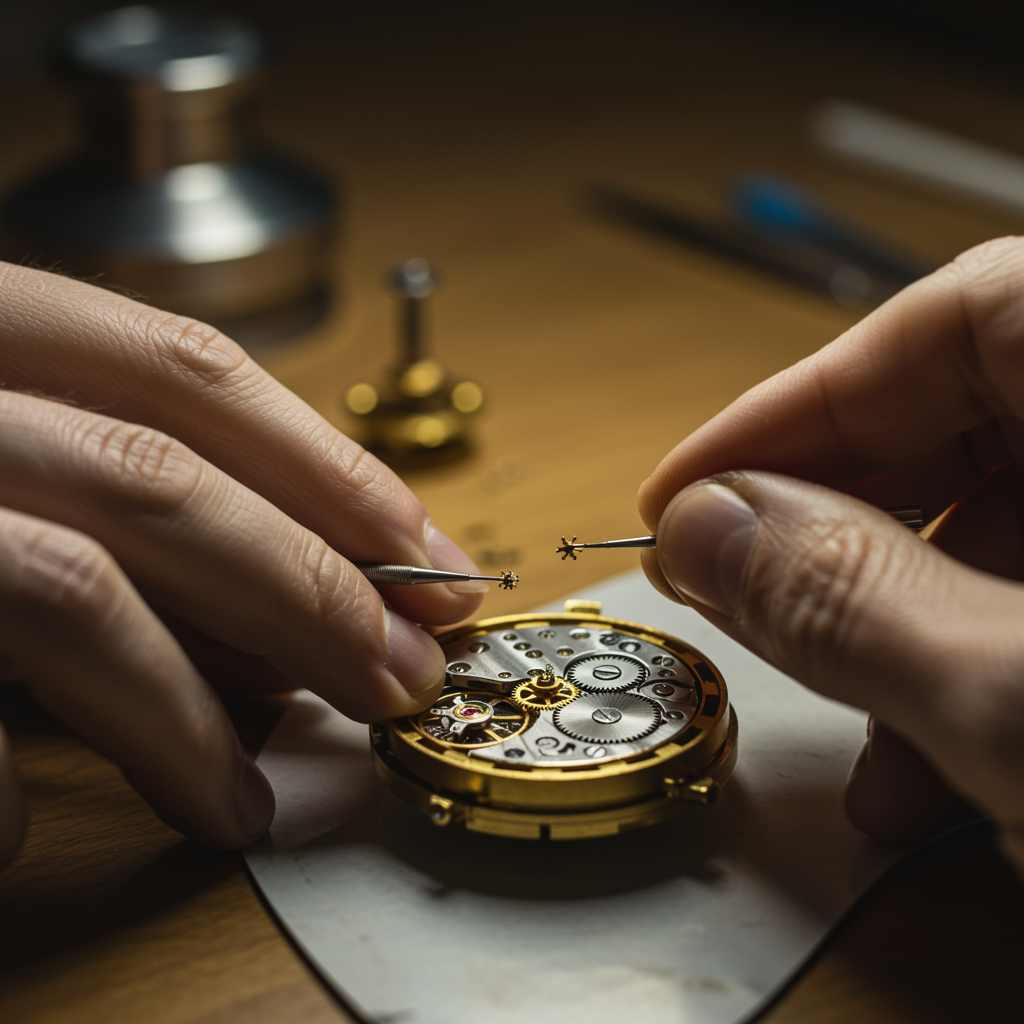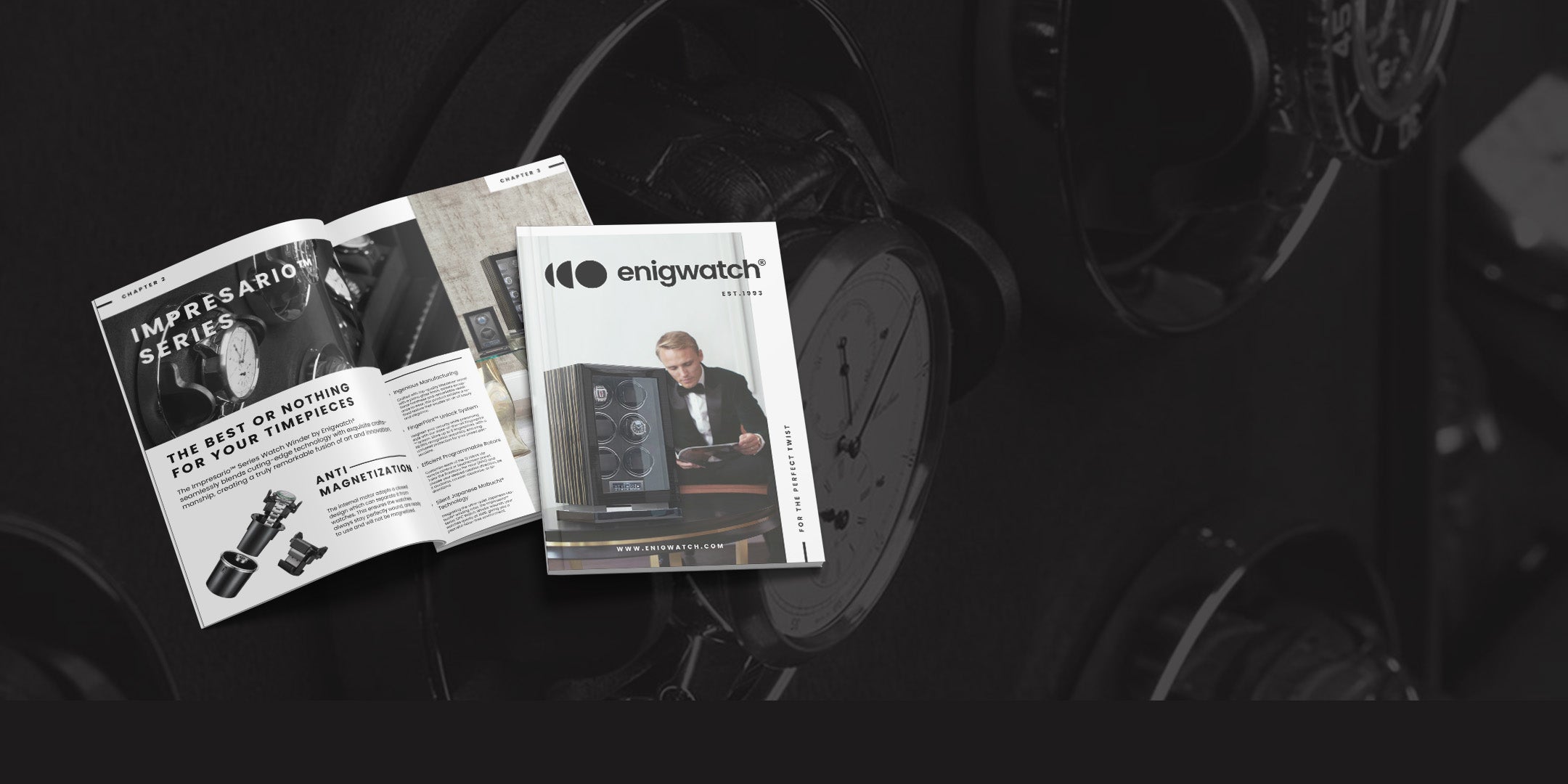In an era of digital devices and fleeting trends, automatic watches stand as a testament to the enduring beauty of traditional timekeeping. These masterpieces of craftsmanship capture the imagination with their intricate mechanics and timeless charm. If you've ever been curious about how these elegant timepieces work or wondered how to keep them running smoothly, this article is your guide to unraveling the secrets behind automatic watches and maintaining their captivating allure.
What is a watch movement?

A watch movement, often referred to as calibers, serves as the mechanical engine that powers a watch, orchestrating the precise movement of its hands. Watch movement manufacturers specialize in crafting a variety of movements, often employing their unique in-house mechanisms. The two primary categories for these watch movements are mechanical and quartz.
You might also like: 5 Best Watches Under $3000
What is the difference between mechanical vs quartz watch movements?
Mechanical and quartz watch movements represent two distinct technologies. A mechanical movement relies on a complex system of gears, springs, and other mechanical components to power the watch. In contrast, a quartz movement uses a battery-operated quartz crystal that oscillates when electrified, providing the necessary energy for timekeeping.
The key distinction between the two lies in their power source. Mechanical movements require manual winding (in the case of manual watches) or kinetic energy (in the case of automatic watches) to keep them running. On the other hand, quartz movements are powered by batteries, resulting in more precise timekeeping but without the charm and craftsmanship associated with mechanical movements.
You might also like: 5 Best Rolex Watches Under $5000 : Affordable Elegance
What is the difference between manual vs automatic mechanical movements?

Within the realm of mechanical movements, there are two subcategories: manual and automatic. A manual mechanical movement, also known as a hand-wound movement, requires the wearer to manually wind the watch by turning the crown. This winding process transfers energy to the mainspring, which then releases it gradually to power the watch's movement.
In contrast, automatic mechanical movements also referred to as self-winding movements, harness the natural motion of the wearer's wrist to wind the watch. An automatic watch contains a weighted rotor that spins with the wearer's arm movements, continuously winding the mainspring. This rotor transfers the energy to the mainspring, ensuring the watch remains powered as long as it is worn regularly.
You might also like: 7 Best Watches under $15000: The Most Prestigious Timepieces You Can Buy
How does an automatic watch work?
The enchanting operation of an automatic watch is rooted in the interaction of several essential components. Firstly, the rotor, attached to the automatic movement, rotates freely with the wearer's wrist movements. As the rotor spins, it winds the mainspring, storing potential energy for the watch.
The mainspring, a coiled strip of metal within the watch, gradually releases the stored energy, driving the various gears and levers that power the watch's hands. This energy release is carefully regulated by an escapement mechanism, usually a Swiss lever escapement. The escapement controls the speed at which the gears rotate, translating the energy into precise and consistent timekeeping.
You might also like: 10 Best Watch Brand for Investment in 2023
How to maintain an automatic watch?
Maintaining an automatic watch is essential to ensure its longevity and accurate timekeeping. Here are some tips to help you properly care for your cherished timepiece:
Wear Your Watch Regularly: Automatic watches rely on movement to stay powered. Wearing your watch daily allows the rotor to wind the mainspring consistently, keeping it charged and running smoothly. If you have multiple watches in your collection, consider rotating them regularly to ensure each one receives sufficient wrist time.
Use a Watch Winder: If you don't wear your automatic watch every day, using a watch winder is an excellent option. A watch winder is a device that gently rotates the watch, mimicking the motion of your wrist. This ensures that the watch remains wound and keeps accurate time when not in use.
Avoid Extreme Conditions: Protect your automatic watch from extreme temperatures, moisture, and magnetic fields. High temperatures can affect the lubricants in the movement, while moisture can lead to rust or damage. Additionally, keep your watch away from strong magnetic fields, such as speakers or magnetic clasps, as they can disrupt its accuracy.
Regular Service and Maintenance: Just like any mechanical device, an automatic watch requires periodic servicing by a professional watchmaker. Generally, it is recommended to have your watch serviced every three to five years, depending on the manufacturer's guidelines. During servicing, the watch will be thoroughly cleaned, lubricated, and checked for any necessary adjustments or repairs to ensure optimal performance.
Gentle Handling: Treat your automatic watch with care to prevent damage. Avoid dropping it or subjecting it to rough impacts. When adjusting the time or date, handle the crown gently and avoid applying excessive force. Be cautious when wearing your watch during activities that may expose it to potential impacts or scratches.
Water Resistance Care: If your automatic watch has water resistance, make sure you understand its limitations. Follow the manufacturer's guidelines regarding water resistance ratings and avoid submerging your watch beyond its recommended depth. If you plan to wear your watch in water, ensure the crown is properly screwed down to maintain its water-resistant integrity.
Keep It Clean: Regularly clean your watch to keep it looking its best. Use a soft cloth to wipe away any dirt or smudges on the case, crystal, and bracelet. If the watch is water-resistant, you can gently clean it with a damp cloth or use a mild soap solution for more thorough cleaning. Avoid using harsh chemicals or abrasive materials that may damage the watch's finish.
By following these maintenance tips, you can ensure that your automatic watch remains a reliable and treasured timekeeping companion for years to come. Remember, proper care and regular servicing will preserve its beauty, accuracy, and the legacy of fine craftsmanship it represents.
You might also like: 7 Best Watch Winders for Automatic Watches in 2023
Final Thoughts
As we delve deeper into the intricacies of automatic watch movements, our admiration for their ingenious engineering grows stronger. These movements serve as the pulsating cores within our most cherished timepieces. While aesthetics often drive watch purchases, those who possess a genuine interest in and appreciation for craftsmanship find joy in understanding the remarkable inner workings of their watch. With meticulous care, your exquisite automatic watch can endure for a lifetime.

